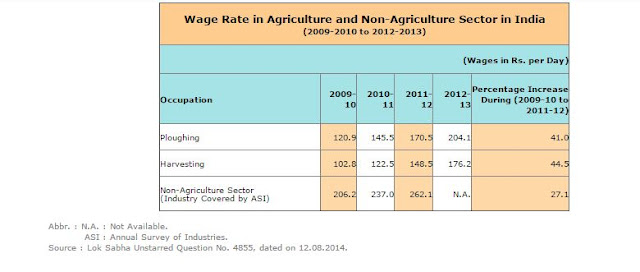BJP is losing the GUJARAT...

There is tremendous reduction in the power of BJP in Gujarat. One can easily say that by just observing the seats won by BJP. But I am going to use some concentration index to show that. In market, Herfindahl-Hirschman Index (HHI) is used to measure the monopoly power. The range of HHI is between 0 and 1. If HHI is 1 then there is monopoly i.e. one firm has absolute power in given market and if HHI is zero then it means no one has control over the market. HHI is calculated by adding the square of market shares of firms. Now I am going to use this HHI index in political economy to measure the concentration of power. After that I will use Effective Number of Political Parties which is proposed by Laakso, M., & Taagepera, R. (1979) to measure the degree of coalition. (Data source – Election Commission of India) Now let’s see the HHI and ENP. (Index has been calculated) Let me explain the trends. Here HHI is reduced from 0.48 to 0.29 in last 15 years. ...









